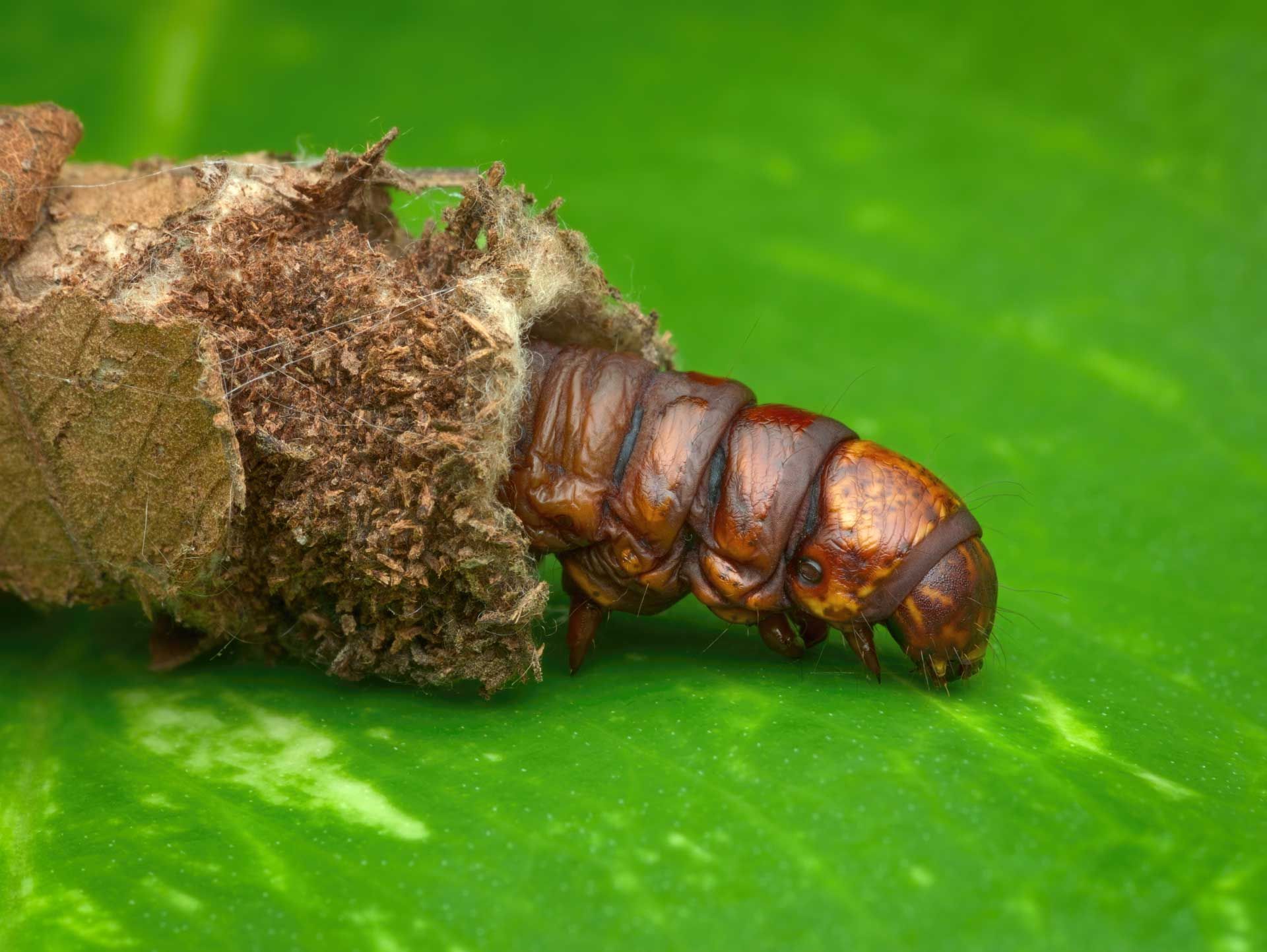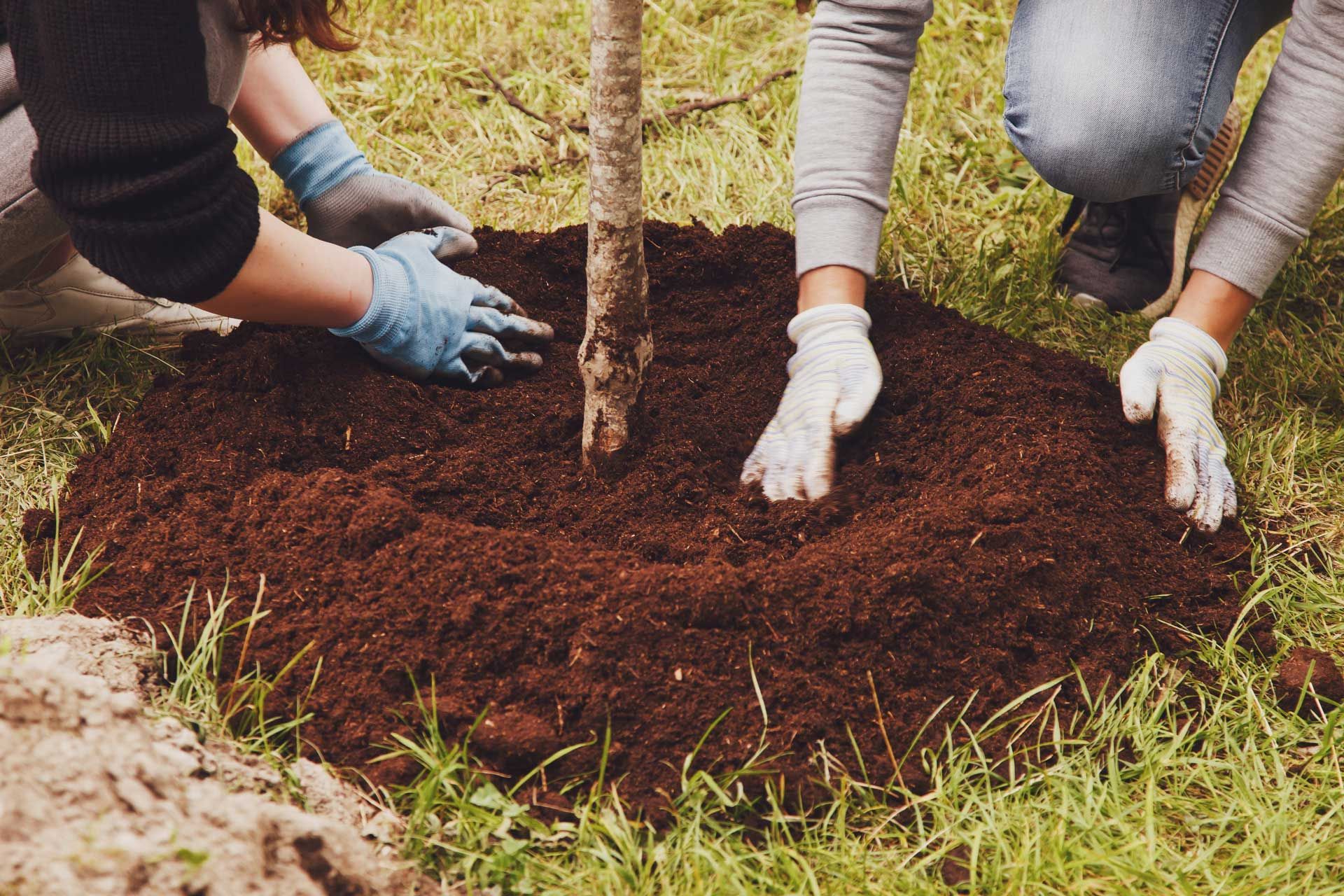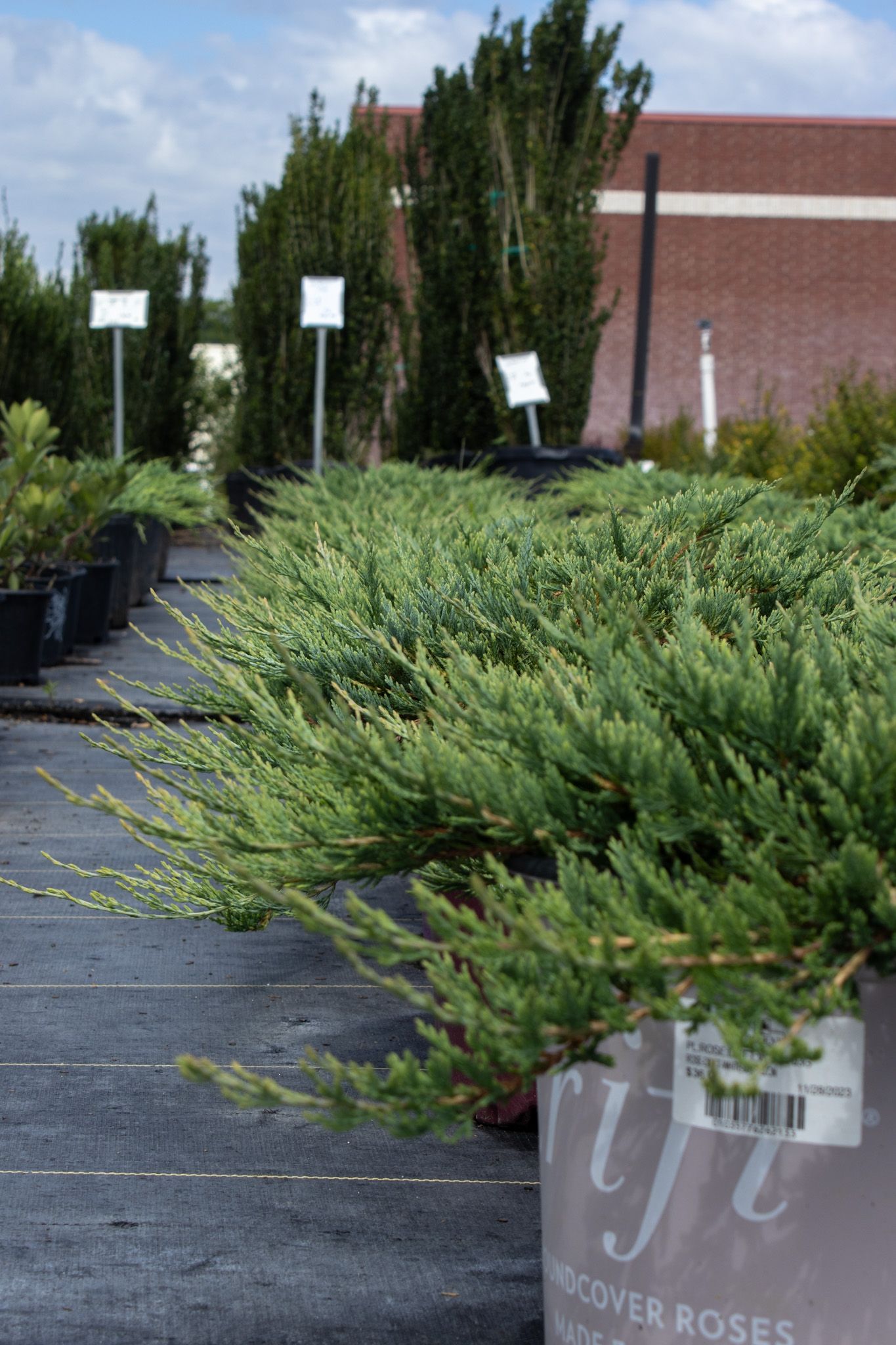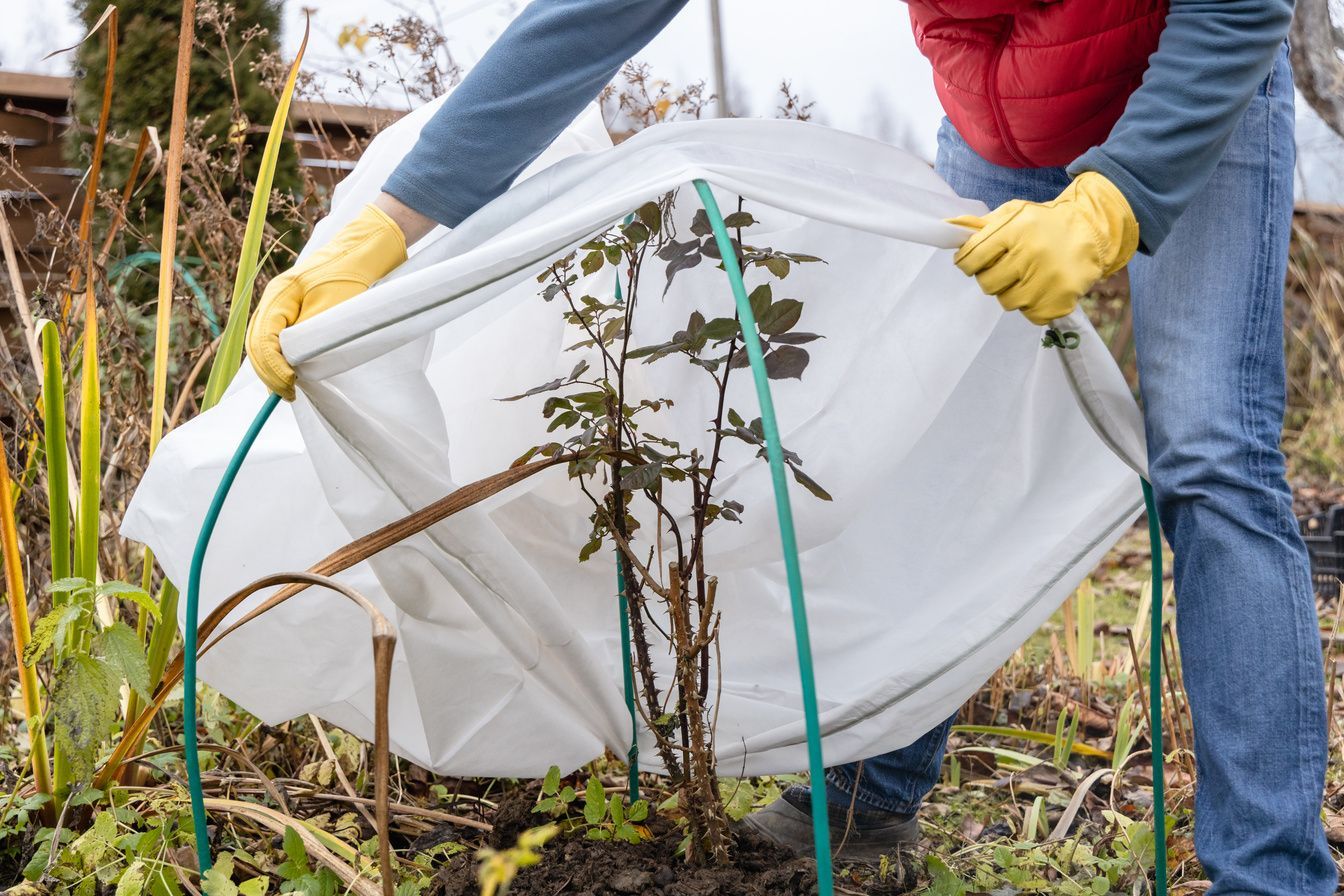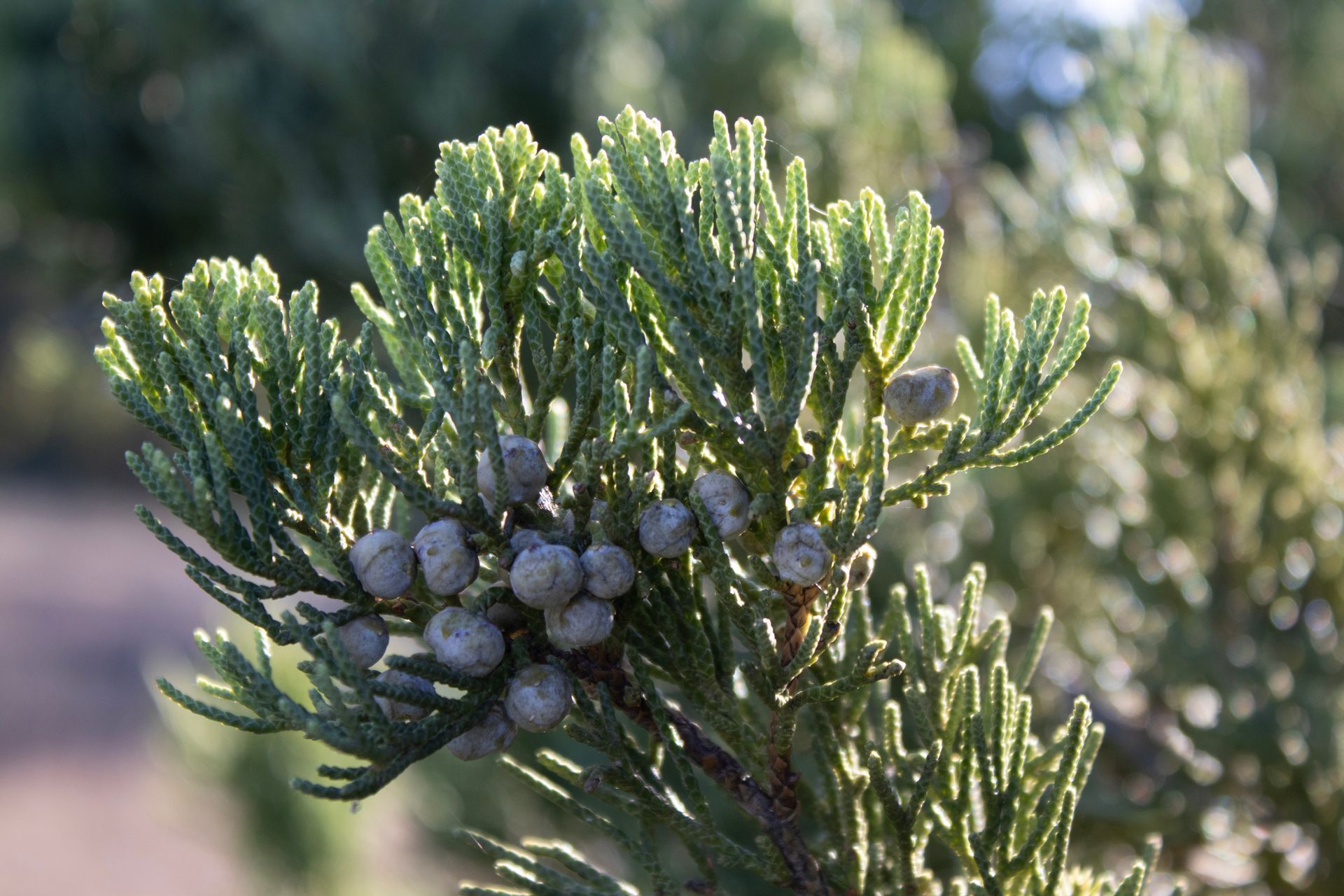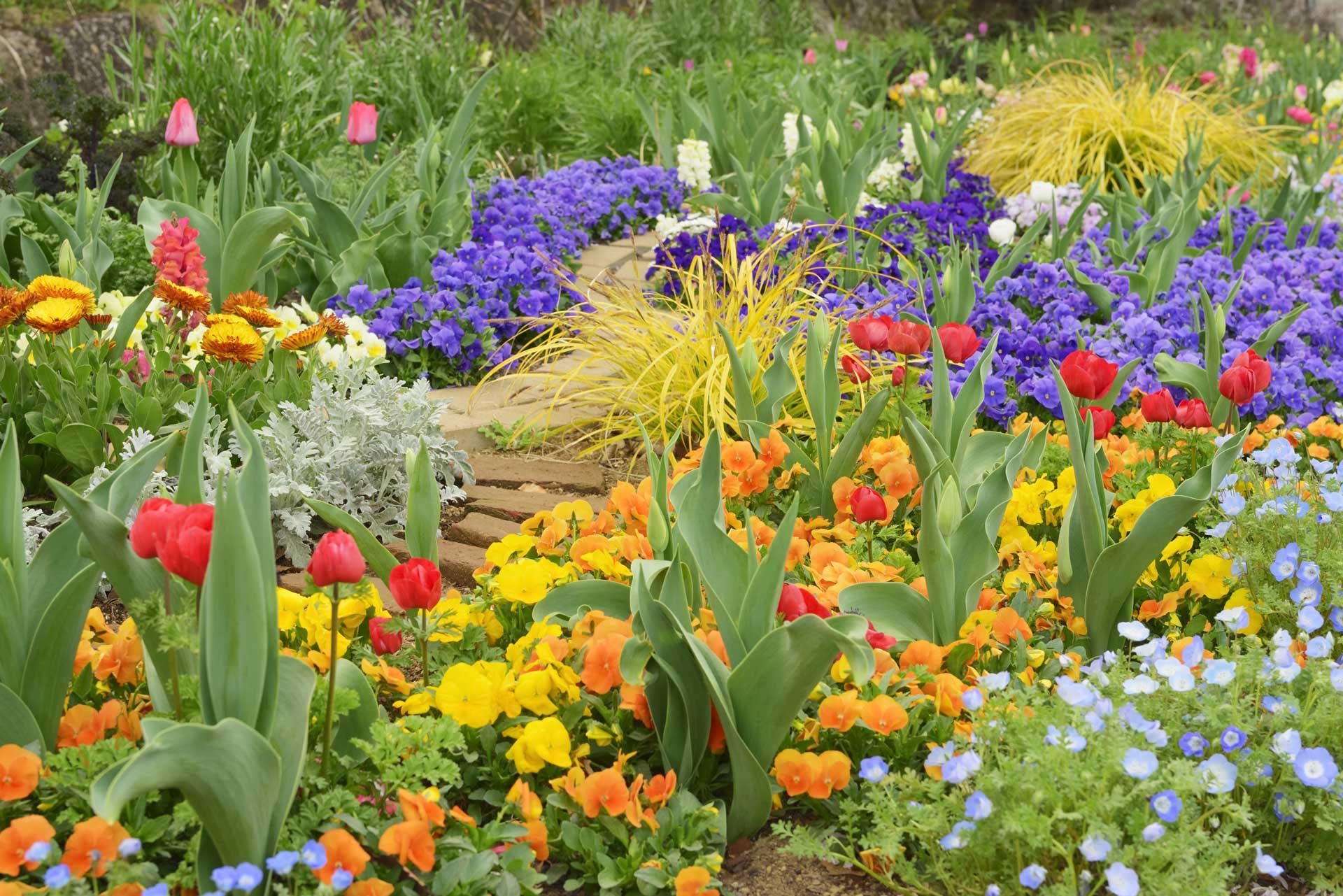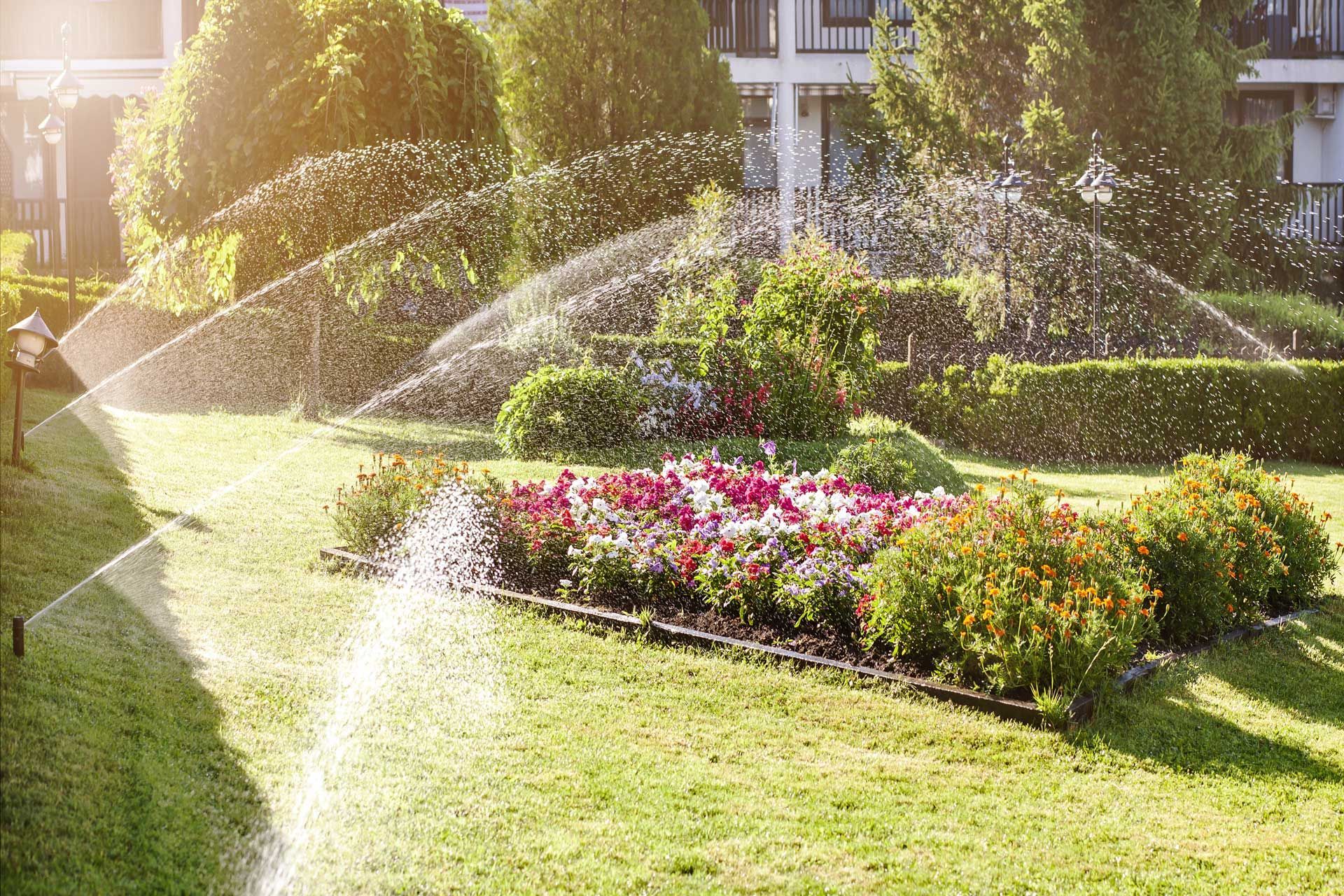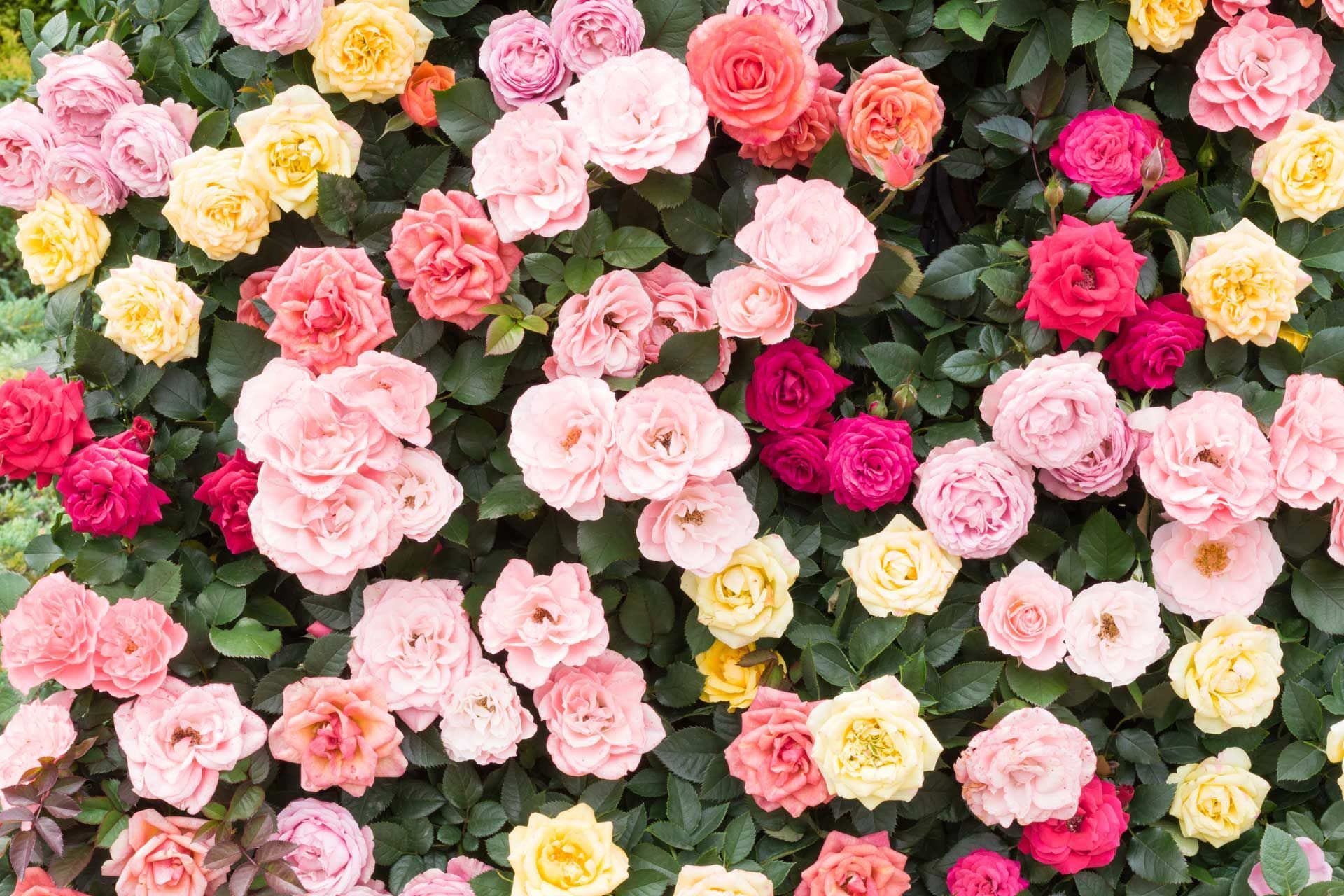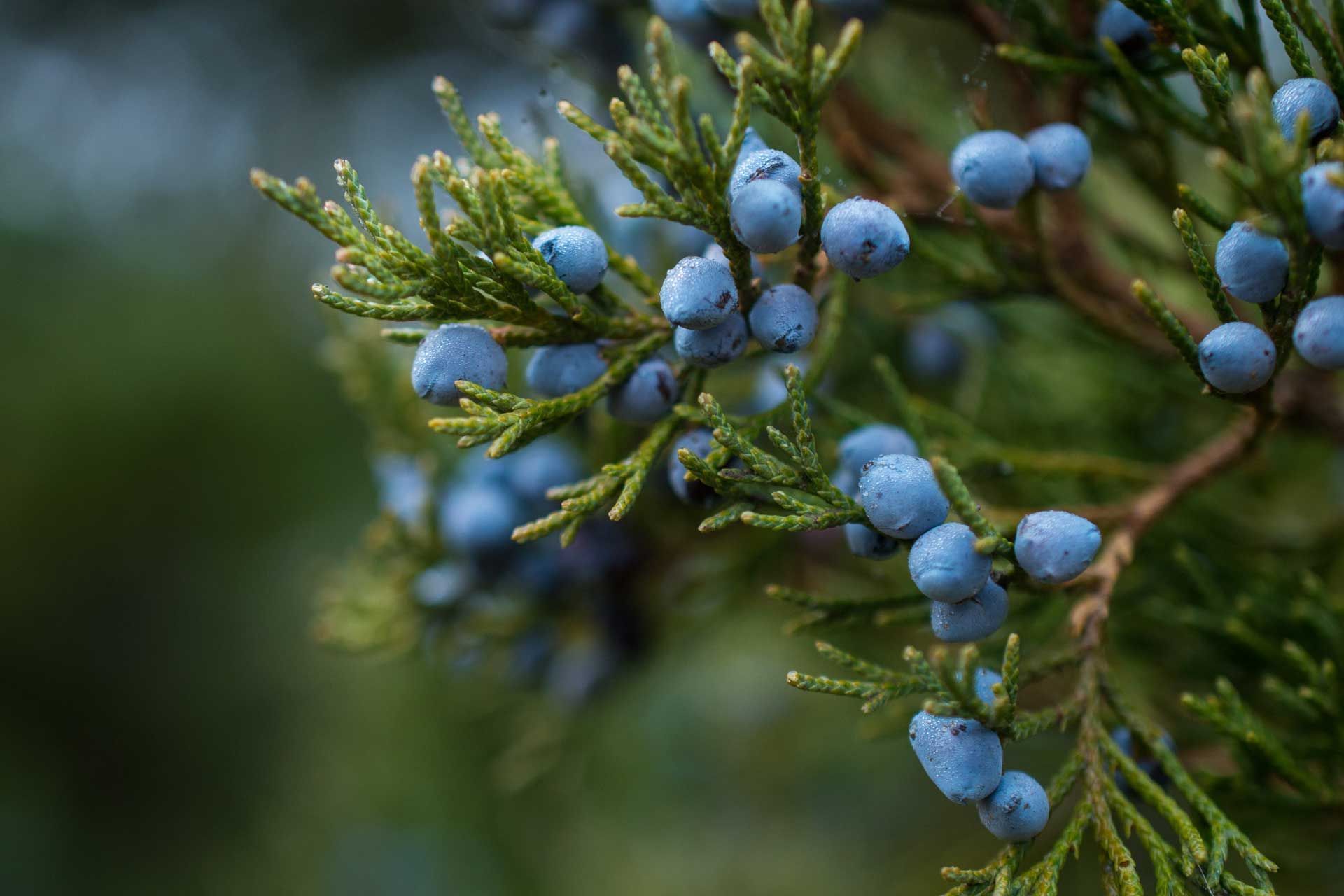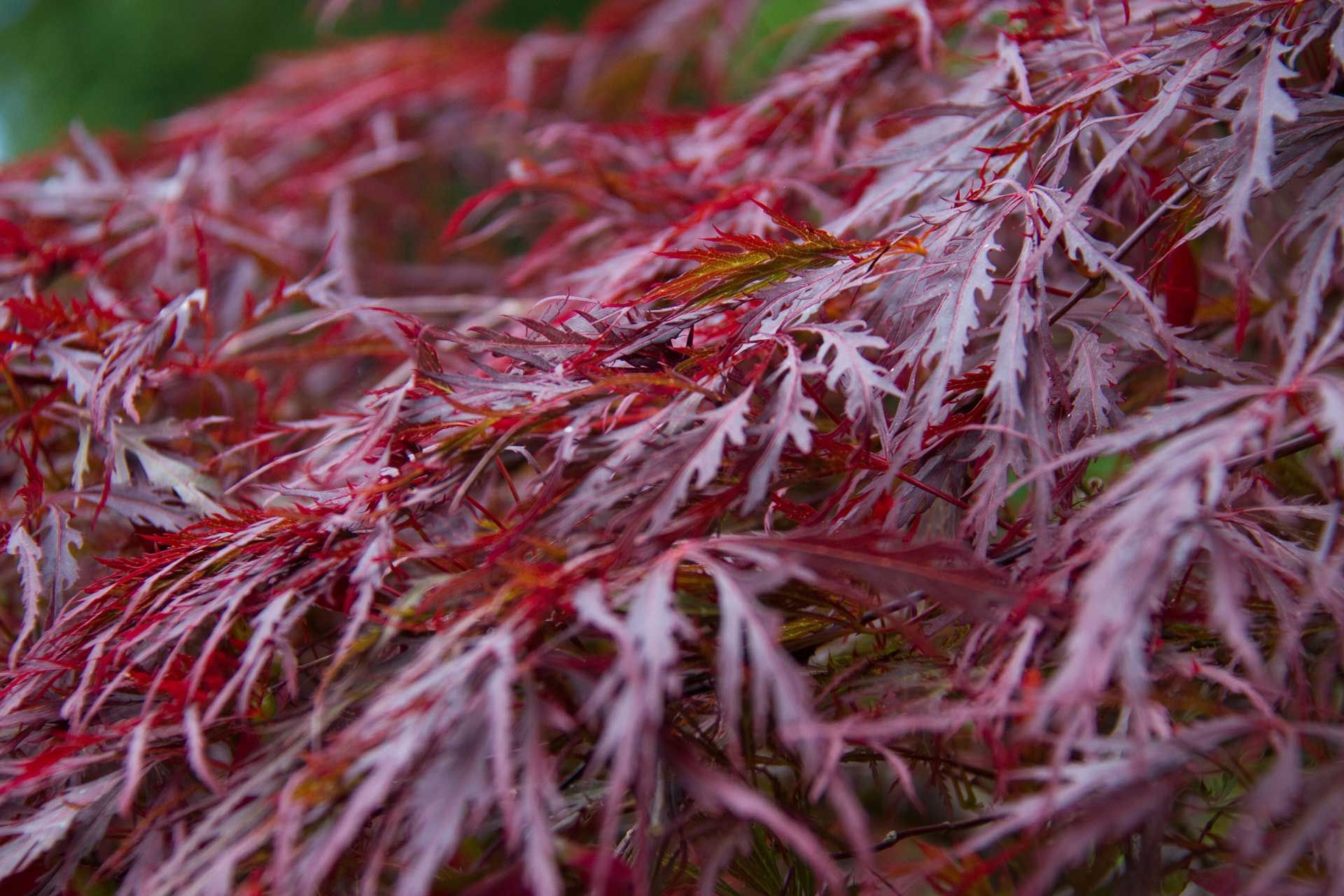Blueberry Plant Care
Sunlight:
Blueberries thrive best in full sun, but some varieties can tolerate partial shade and still produce well.
Soil:
Acidic Soil - pH between 4.5-5.5
Watering:
Keep soil consistently moist, but not soggy. Water deeply 1-2 times per week, more often during hot or dry periods.
Fertilizing:
Use a fertilizer for acid-loving plants. Apply fertilizer depending on the kind of fertilizer and always follow fertilizer instructions.
Pruning:
Prune in late winter before new growth begins. Focus on removing older wood,as blueberry plants primarily produce fruit on newer growth.
Pollination:
Plant at least two different varieties for better yields and bigger berries.
Mulching:
2–4 inches of mulch (pine needles, bark, or sawdust) to conserve moisture and suppress weeds.
